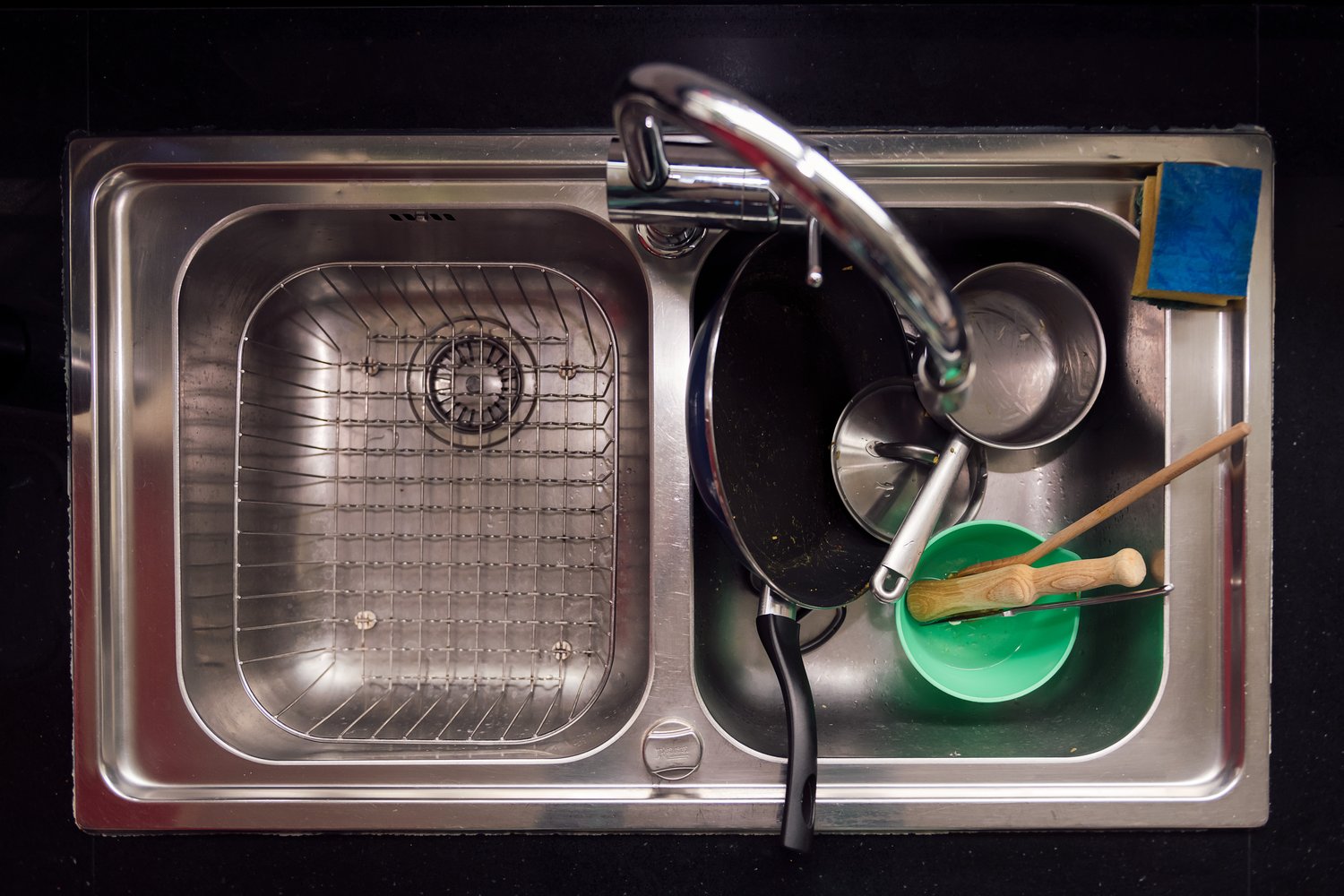Understanding Different Sink Types
Sinks are essential components of any kitchen. They come in various materials, sizes, and configurations. The most common types include granite composite, stainless steel, and ceramic sinks. Each material offers unique benefits and drawbacks. Granite composite sinks are durable and resistant to scratches. Stainless steel sinks are easy to clean and maintain. Sinks made of ceramic are elegant and heat-resistant.
1-bowl granite / composite sinks are ideal for small kitchens. They provide a large, uninterrupted washing area. These sinks are perfect for those who frequently wash large pots and pans. 1-bowl granite / composite sinks are available in various colors to match your kitchen decor. Their non-porous surface resists stains and bacteria growth.
For those needing more versatility, 1.5 bowl granite / composite sinks offer a balance. The main bowl is larger for washing, while the half bowl is perfect for rinsing or food preparation. This configuration allows for multitasking in the kitchen. 1.5 bowl granite / composite sinks are typically 33 inches wide, fitting standard cabinet sizes.
Exploring Multi-Bowl Options
2 bowl granite / composite sinks provide maximum functionality. They allow for separate washing and rinsing areas. These sinks are ideal for busy kitchens with multiple users. The dual-bowl design helps in organizing kitchen tasks efficiently. 2 bowl granite / composite sinks often measure 36 inches in width, requiring larger cabinet spaces.
2-bowl steel sinks are popular for their durability and sleek appearance. They resist heat and stains effectively. Stainless steel is recyclable, making it an eco-friendly choice. These sinks are available in various finishes, from brushed to polished. 2-bowl steel sinks typically weigh between 15 to 30 pounds, depending on the gauge of steel used.
Ceramic sinks offer a classic, timeless look. They are available in various colors and styles. These sinks are highly resistant to heat and scratches. Ceramic is non-porous, making it hygienic and easy to clean. Ceramic sinks can last for decades with proper care. They are heavier than other materials, often weighing 70 to 100 pounds.
Considering Sink Dimensions and Installation
When choosing a sink, consider the cabinet size. Standard sink cabinets are 30, 33, or 36 inches wide. Measure your cabinet’s interior width and depth before selecting a sink. Allow for at least 2 inches of clearance on all sides. The sink’s depth is also crucial. Most kitchen sinks range from 6 to 12 inches deep.
Installation methods vary depending on the sink type. Top-mount sinks are easier to install but show a visible rim. Undermount sinks provide a seamless look but require professional installation. Farmhouse or apron-front sinks make a bold statement. They require specific cabinet modifications. Consider your DIY skills and budget when choosing an installation method.
Faucet compatibility is another important factor. Ensure your chosen sink has the correct number of faucet holes. Standard configurations include 1, 3, or 4 holes. Some sinks come with pre-drilled holes, while others are customizable. Match the faucet spread to your sink’s hole configuration for a proper fit.
Maintaining Your Kitchen Sink
Regular cleaning extends your sink’s lifespan. Use mild soap and warm water for daily cleaning. Avoid abrasive cleaners that can damage the surface. For tougher stains, create a paste with baking soda and water. Apply it to the stain, let it sit for 15 minutes, then rinse thoroughly.
Different materials require specific care. Granite composite sinks benefit from occasional oiling to maintain their luster. Stainless steel sinks should be dried after use to prevent water spots. Ceramic sinks may need periodic re-glazing to maintain their appearance. Follow manufacturer guidelines for best results.
Prevent scratches and chips by using sink mats or grids. These accessories protect the sink’s surface from heavy pots and sharp objects. They also improve drainage and reduce noise. Choose a mat or grid designed specifically for your sink model for the best fit and protection.





